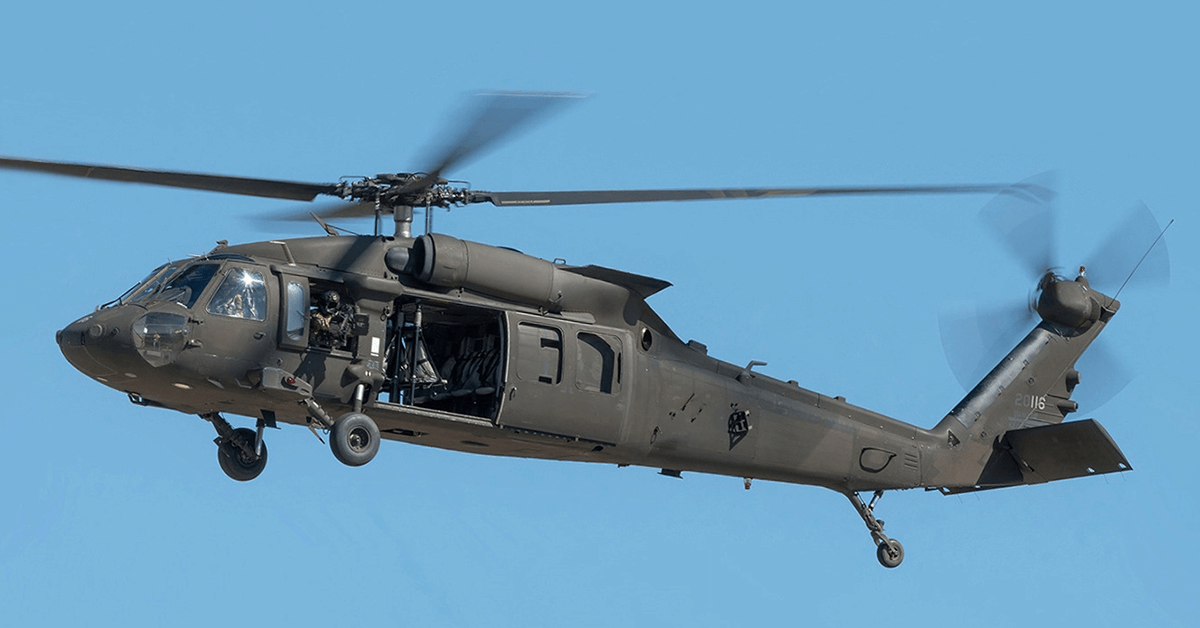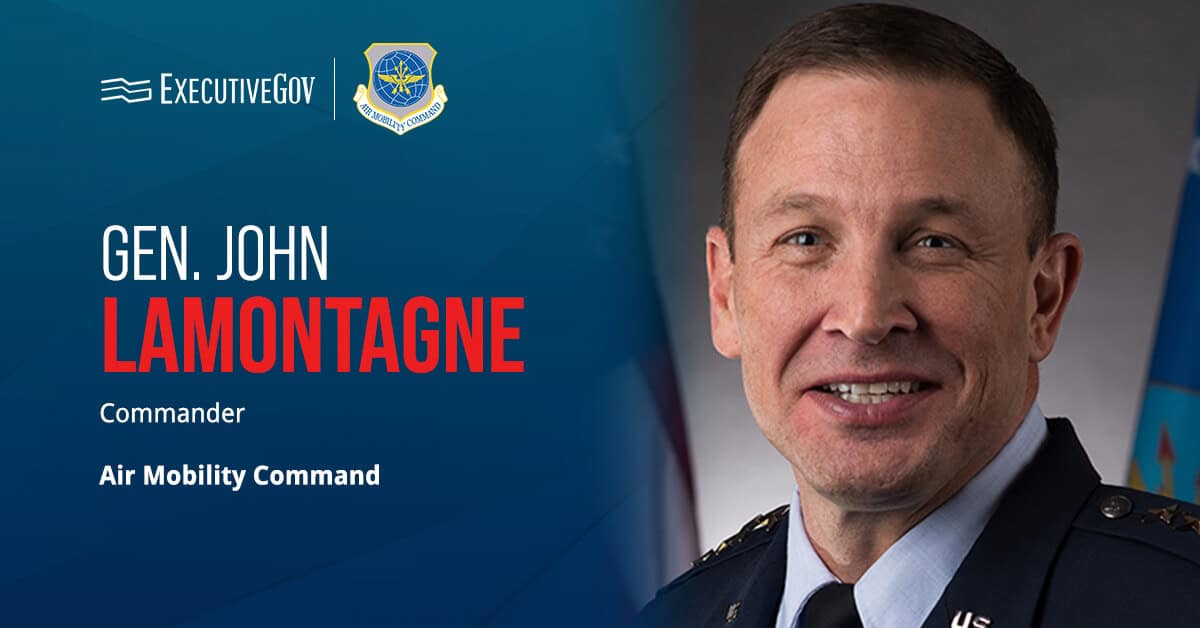The U.S. Army has piloted a new system that monitors the vital signs of a military pilot and enables the aircraft to fly autonomously and safely back to base in case of emergencies.
The service recently conducted a test flight of the combined mission adaptive autonomy, or MAA, and operator state maintaining, also called OSM, on a UH-60 Blackhawk at Joint Base Langley-Eustis in Virginia.
“This is the first time we have integrated the pilot’s health status to an autonomous flight control system,” commented Carl Ott, an experimental test pilot with the Army who participated in the demonstration.

Learn more about Army initiatives directly from military leaders and industry experts at the Potomac Officers Club’s 2025 Army Summit on June 18. Register for the in-person event here.
Tiger Tech & Army Collaborate
The U.S. Army worked with Tiger Tech Solutions, developer of health monitoring and human performance technologies, to develop the OSM.
During the demonstration, the technology enabled real-time data and video transmission from the pilot and the helicopter, allowing a team from the ground to monitor performance.
According to Harrison Whittels, CEO of Tiger Tech, the OSM is designed to save the lives of pilot and crew.
“If we can prove that concept, then everyone and everything can come home,” he commented.
Moreover, Col. Justin Highley, commander of Army Combat Capabilities Development Command Aviation and Missile Center, added that the OSM’s combination with MAA connects the status of the human flying the aircraft and the autonomous flight system.
“This goes beyond flight stabilization, altitude and heading control,” he said.
The Army also previously tested the OSM in various scenarios and potential use cases, such as monitoring soldiers who jump out of airplanes and military divers.





